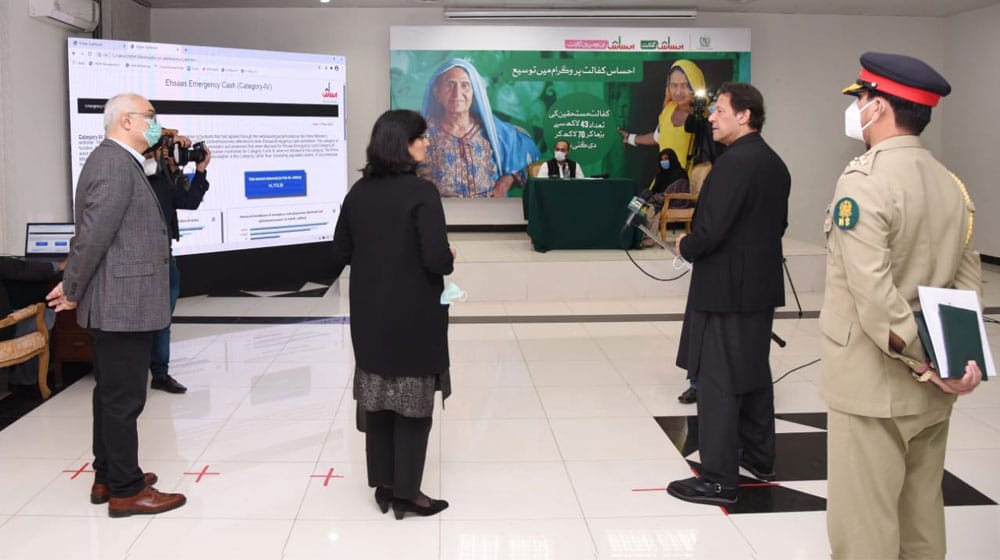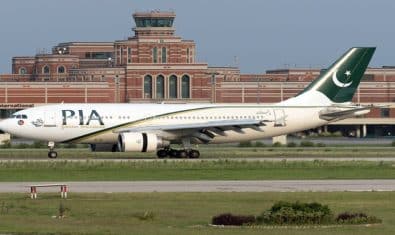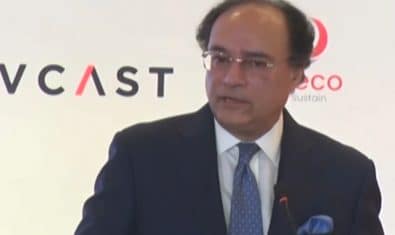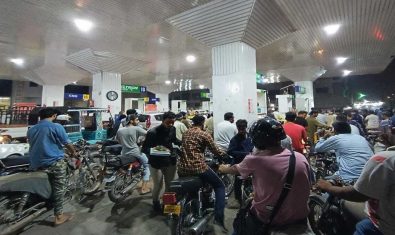Prime Minister Imran Khan will visit an Ehsaas Kafaalat payment site in Islamabad today to inaugurate the Ehsaas Saving Wallets (Ehsaas Bachat Bank Account) initiative.
The financial and digital inclusion of 7 million households is one of the seven overarching goals of the Ehsaas Strategy. Ehsaas Saving Wallets (ESWs) initiative is predicated on the understanding that digital and financial inclusion will open avenues for women to take better advantage of opportunities offered under the Ehsaas National Poverty Graduation Initiative.
ESWs are also an essential component of the Ehsaas Financial Inclusion Strategy, which was launched by Prime Minister Imran Khan in the presence of H.E. Queen Maxima of the Netherlands when she visited Pakistan in Nov 2019.
The saving wallets initiative is a strategic step forward for Kafaalat households to better manage financial shocks, meet emergency needs, and invest to increase their earnings; to climb out of poverty. This program aims to encourage savings which have been shown to help alleviate poverty.
The newly launched Ehsaas Bachat account will deepen the financial inclusion initiated under the ‘One Woman One Bank Account Policy.’ The design of the Bachat bank account is simple in the following ways: the accounts are targeted to Kafaalat beneficiaries; beneficiaries can open these accounts at agent shops or ATMs; and initial transactions through these accounts will include balance inquiry, cash in and cash out, transfer funds received from Ehsaas to mobile accounts, mobile top-up, utility bill payments, and money transfers, etc.
Additionally, the accounts will offer savings on deposits. Briefing about the background of the forthcoming initiative, Dr. Sania said, “A large percentage of the population in Pakistan is unbanked. We know that when people are excluded from the financial system, it has links to limited improvement in human development.”
She added, “Therefore, to include these people in the financial system, we are starting with enabling access to financial products and services. This access to saving accounts is the first step towards broader financial inclusion.”
Globally, there are examples of economies that have encouraged a mindset shift towards savings and have reaped its benefits. Kenya introduced mobile money transfers, resulting in a savings increase of 22 percent in the beneficiary households, and helped lift nearly 2 percent of these households out of extreme poverty. Argentina transitioned from cash handouts to account transfers for a national anti-poverty program, and the transition was found to reduce corruption.
When the payments were made in cash, 4 percent of recipients reported paying kickbacks to people or organizations that helped enroll them in the program; when the payments were made directly into accounts, that number dropped to just 0.03 percent in Argentina.
Bangladesh is an example of how digital savings accounts were used to change the nature of G2P programs from social protection to social investment using financial literacy campaigns. Under the Rural Maintenance Program, women with no male earning members in the family were paid wages for maintaining village roads but were required to enroll in a compulsory savings program, and 79 percent of the graduating women of this program continued to be self-employed after three years.
During the visit, the PM will also be briefed on the specialized key features of this financial inclusion initiative of Ehsaas. From now onwards, Ehsaas Kafaalat beneficiaries will have the option of either drawing their money or saving money into digital wallets.
Changing the lives of millions of women, Ehsaas Savings Wallets will help the marginalized people plan for everything from long-term goals to unexpected emergencies.


























